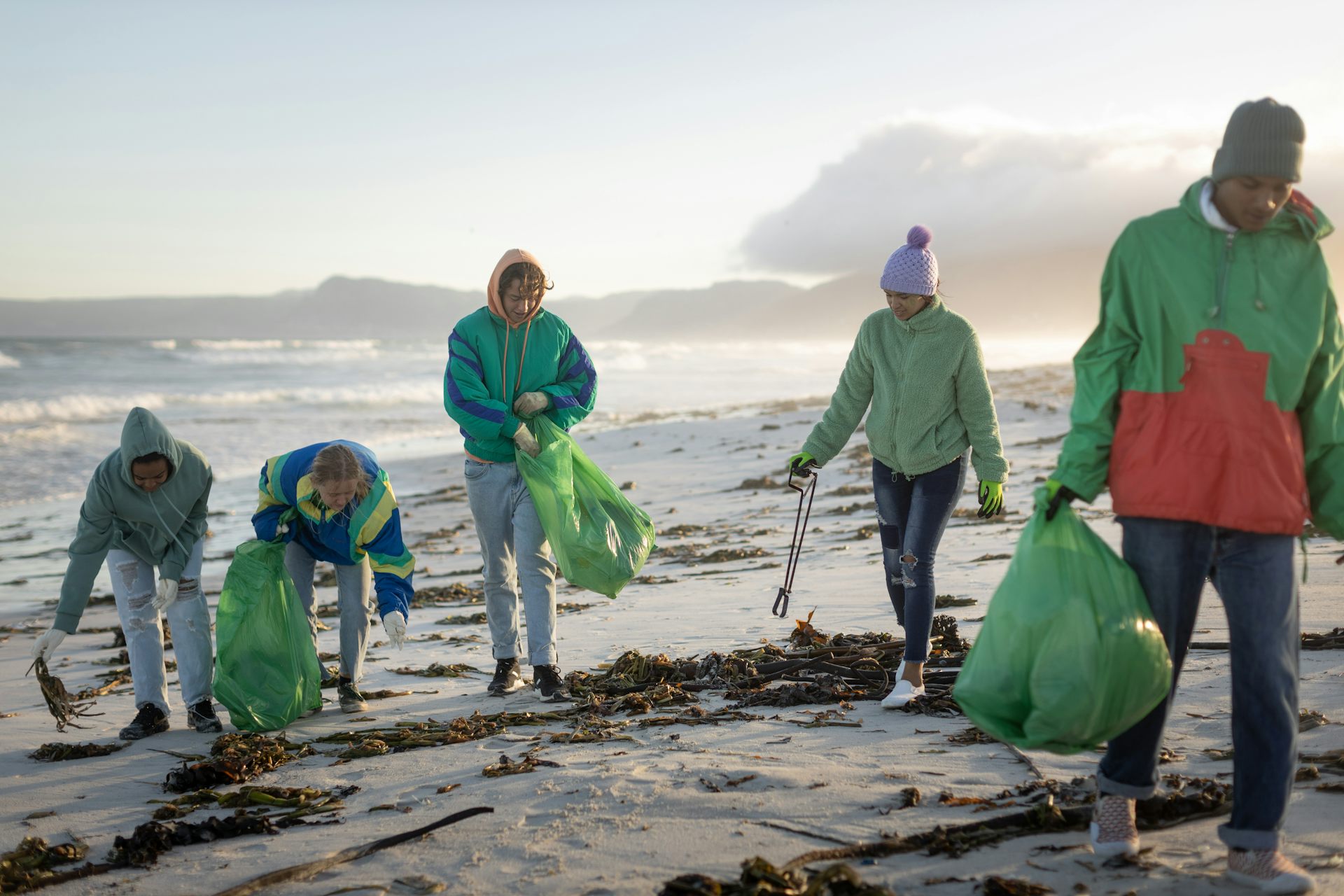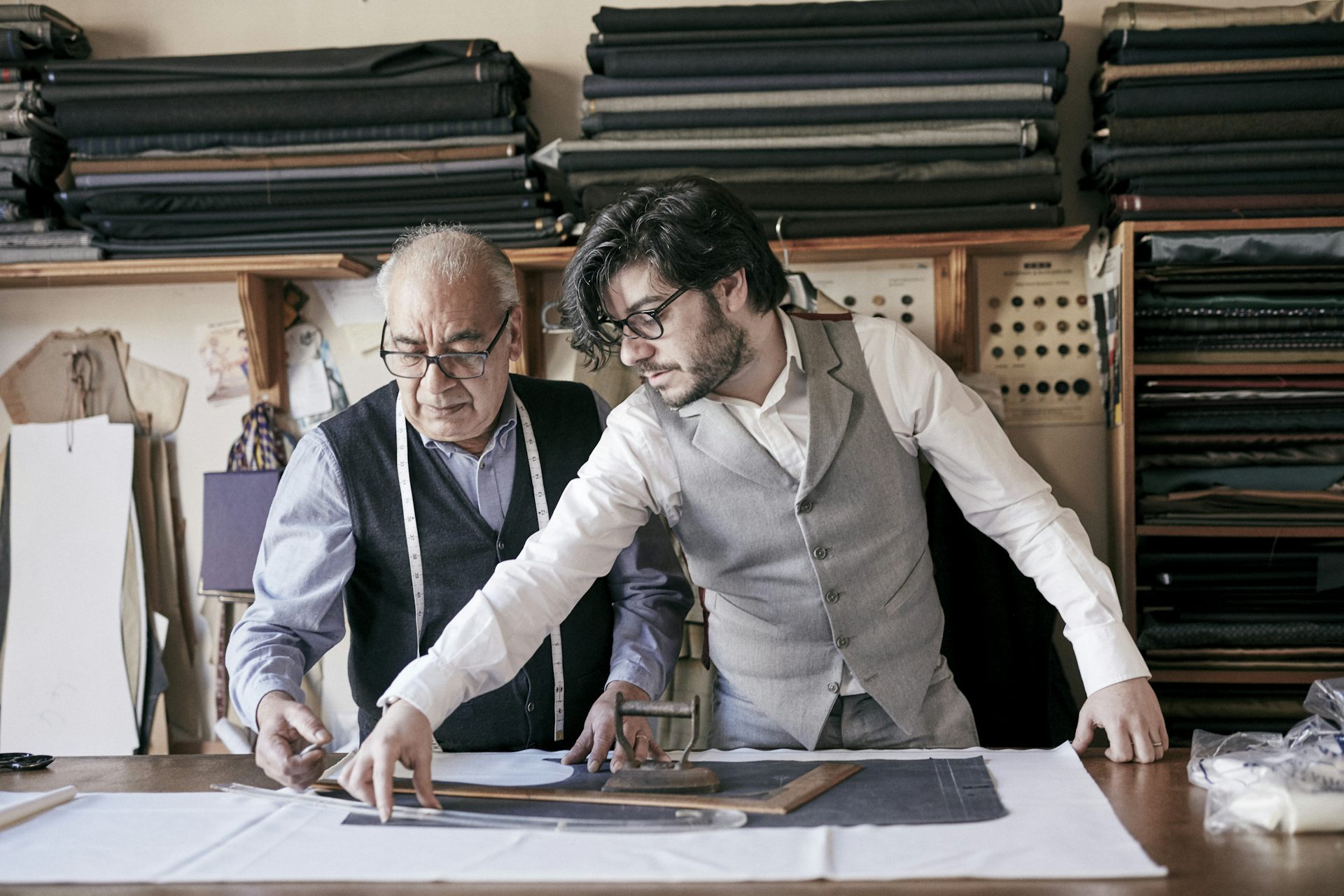Scientists are working to protect invaluable living collections during coronavirus lockdowns
From fungi and flies to spiders and fish, living collections need care and feeding even when their human keepers are dealing with a pandemic and its resultant social distancing.
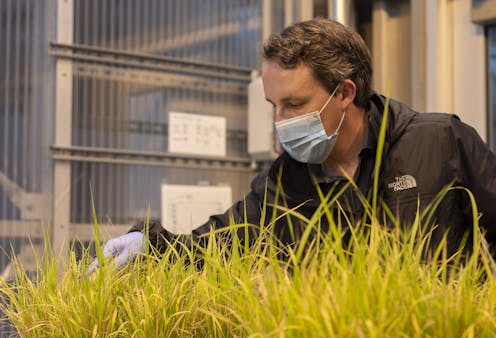
During World War II, a devoted group of botanists guarded the world’s oldest collection of plants over the 28-month-long siege of Leningrad. Nearly a dozen of them starved to death, valuing the survival of the collection over their temptation to eat seeds.
These scientists at the Vavilov Institute of Plant Industry in what is today St. Petersburg, Russia displayed extraordinary dedication to ensure an invaluable biological collection had a future, even when they did not.
This tragic story resonates with many scientists today who have dedicated careers to cataloging and preserving Earth’s biological diversity. Many are risking their personal health during the coronavirus pandemic to ensure the survival of awe-inspiring assemblages of algae, arthropods, bacteria, fungi, mammals, plants, viruses and fishes.
Staying on top of these collections is time-consuming during the best of times, and this task becomes even more complex in the age of social distancing. Yet hundreds of scientists across the United States are doing just that, maintaining everything from crickets, to tissue cultures, mice, powdery mildews, nematodes, psyllids, zebrafish and even rust fungi.
Worth the risk
Like a beloved backyard garden, these collections must be constantly nurtured. They need to be ready to accommodate new specimens but also relinquish those that are no longer viable. Such collections have taken lifetimes to build, as specimens are painstakingly acquired and undergo observation, purification and scrutiny of genetics and measurable traits.
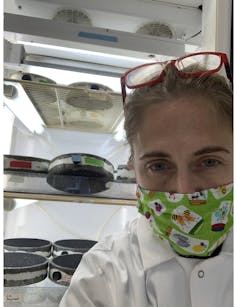
Scientists like us collect what we do partly because these organisms inspire our research and capture our imaginations. But just as importantly, these collections are significant to society and its advancement.
Seed vaults, like the St. Petersburg plant collection, safely store bygone seeds with unique traits that can be plucked from dormancy and bred with modern varieties to improve them. Within other collections, similar secrets await discovery with potential insights into human disease, microbiology and food biosecurity. As modern science techniques like genome sequencing continue to advance, researchers will certainly learn more from these living collections and further increase their value to humanity.
Living collections are typically housed within academic or government labs but are generally accessible to the broader scientific community. Funding for maintenance often comes from the public, with many collections relying on the U.S. Department of Agriculture, National Science Foundation and National Institutes of Health for support.
The hidden costs of living collections are often shouldered by collections managers and staff. No one sees the days or even months curators and technical workers spend cultivating a single unique organism or colony, the holidays spent setting up cages, the weekends changing food, providing water, and, yes, picking up waste.
It takes a lot of labor and technical skill to keep collections alive and solvent.
Our own living collections
During a global pandemic, this unassuming work becomes even more difficult. Many scientists have been left scrambling to justify the importance of their collections to their administrations in order to gain laboratory access during social distancing restrictions. We know this because we’re spending our time maintaining living collections of our own here at West Virginia University.
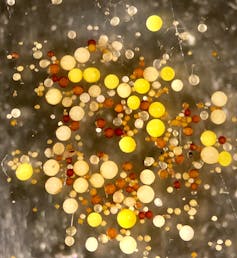
We maintain INVAM, the world’s largest collection of arbuscular mycorrhizal fungi. These are fungi that have formed an intimate beneficial partnership with plant roots – so intimate that they can be cultured only on a living plant.
To maintain our collection of more than 900 individual strains, these fungi must be individually partnered with their plant hosts. Then the plants must be maintained in greenhouses for several months each year. With 250 to 300 isolates cultured every three months and watered daily, this is a serious time commitment. We also need to support commercial sales, which are part of the collection, problematic cultures that need special attention, and research projects that require additional space, labor and maintenance.
Despite the many challenges, it is worth this effort because our collection provides scientists with an unparalleled resource to ask questions about how these close partnerships evolve and how they can be leveraged to grow healthier food and fitter crops now and under our changing environment now and in the near future.
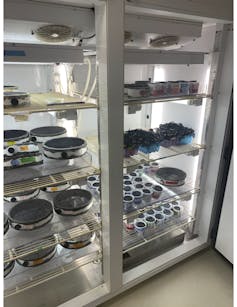
Elsewhere on campus, the Rio lab maintains one of only two tsetse fly colonies in the United States. These bloodthirsty flies transmit parasites that cause some of the most devastating neglected diseases. These colonies are critical to advancing scientists’ understanding of fly biology and parasite interactions and for devising novel pest control strategies.
These finicky insects are constantly in search of blood and require feeding multiple times a week, no matter what is happening in the world. Like people, individual tsetse flies have a low number of offspring. This means it’s important to keep tsetse fly numbers high in colonies to promote genetic diversity.
Keeping collections alive during a pandemic
To keep collections going while observing social distancing rules, scientists seem to have taken two approaches: Put collections into “hibernation” or bring them home.
For regulatory and logistical reasons, we could not bring our collections home, so we’ve carefully planned the minimum required maintenance to limit personnel required and the number of visits to the university. Our goal is simply to usher as many fungal strains or flies through this human public health crisis as possible without conducting experiments or growing our collections.
To accomplish this, we’ve had to justify our status as essential employees to our university. We go in wearing masks and scrupulously disinfect shared surfaces. We not only coordinate with other essential personnel to ensure that we’re on campus at different times, but use different routes through the building. We do this to protect our communities, while also protecting scientific resources that have consumed considerable time and effort to amass.
The other option is to bring collections home. This works for organisms that take up little space and can leave the confines of a laboratory, unlike permit-regulated tsetse flies, and can handle the conditions of our households.
This short-term solution allows more effective social distancing but presents new logistical challenges. Imagine sharing your home with a few hundred social spiders, 400 overwintering Boisduval’s butterflies or even 1,500 widow spiders.
Though their scientist caretakers are well suited to deal with the challenges of rearing these organisms at home, they’re still faced with difficult questions. Where do you store them? How will you secure enough food to weather this ambiguous period of self-isolation? How do you keep your cats or kids out of incubators full of flour beetles?
The imposition of bringing a colony of insects home or jumping through risky hoops to visit collections living in the lab is well worth it for scientists like us. The effort necessary during this pandemic to literally keep science alive is justified by the value these collections provide to researchers and society.
[You’re smart and curious about the world. So are The Conversation’s authors and editors. You can get our highlights each weekend.]
Matthew T. Kasson receives funding from NSF, USDA and The Ohrstrom Foundation.
Rita Rio receives funding from NIH NIAID.
Brian Lovett does not work for, consult, own shares in or receive funding from any company or organization that would benefit from this article, and has disclosed no relevant affiliations beyond their academic appointment.
Read These Next
Empathy and reasoning aren’t rivals – new research shows they work together to drive people to help
Those driven by both heart and mind help the most people, even far beyond their own circle.
Flat Earth, spirits and conspiracy theories – experience can shape even extraordinary beliefs
Conspiracy thinking, supernatural beliefs and pseudoscience can seem impervious to evidence. An anthropologist…
Why do family companies even exist? They know how to ‘win without fighting’
My team analyzed decades of research on family businesses to find out their secret sauce. Three key…


